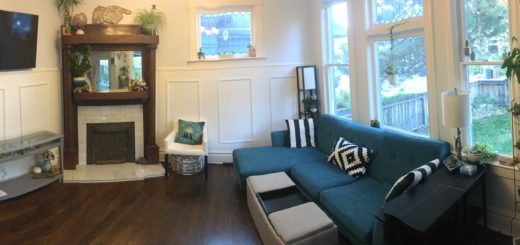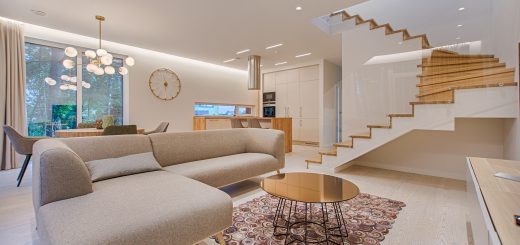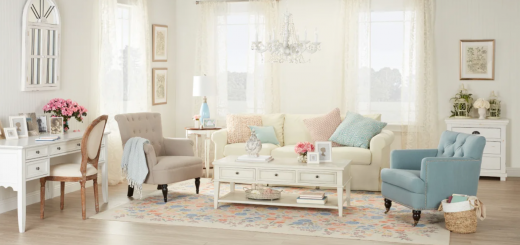Working in Design Requires Flexibility in a Rapidly Changing World
Certain industries rely on seasonal cycles while others remain fairly stable throughout the year. Professionals in these industries grow to appreciate the schedule—those working in architecture, for example, have had a pretty easy go of it for the past decade. Styles change slowly, allowing these creatives to hone their craft within a particular technique or design. Interior design, however, is nearly the opposite. Styles change at break-neck speed, predictably switching with the seasons but sometimes changing from month to month. Staying on top of the latest trends is essential for any design professional, whether you work independently or for a larger firm.
Working as an interior designer requires flexibility, creativity, and agility. The industry changes before our eyes, often over the course of just a few weeks. Designers hone their observational skills over time, working to anticipate new trends, but this can be a difficult task when the work is tied directly to a business’s success and marketed product. Therefore, working in interior design is one of the most difficult, exciting, and creatively fulfilling experiences a person can have.
It can be incredibly difficult to adapt to new styles and seasonal shifts. Many design firms have favorite styles and design schools. While there will always be a market for certain schools—Bauhaus and Midcentury-modern, to name a couple—there are hundreds of designers who offer this type of service.
If you are looking to stake out a space for yourself (or your company) in this dramatically shifting world, remain agile, read the most modern literature, and generate style guides for every season. In curating this library of resources, you will be more able to attract clients—they’ll see the creativity of your work, your ability to work through any season, and the emphasis on adaptation.
Similarly, I recommend taking professional photos for every project you and your firm complete. A job you took two winters ago might not be what a client is looking for this year, but having evidence of change and agility is just as important as having an eye for the art.






Recent Comments